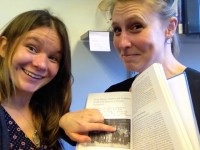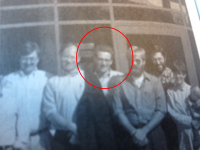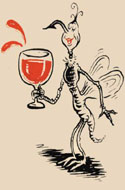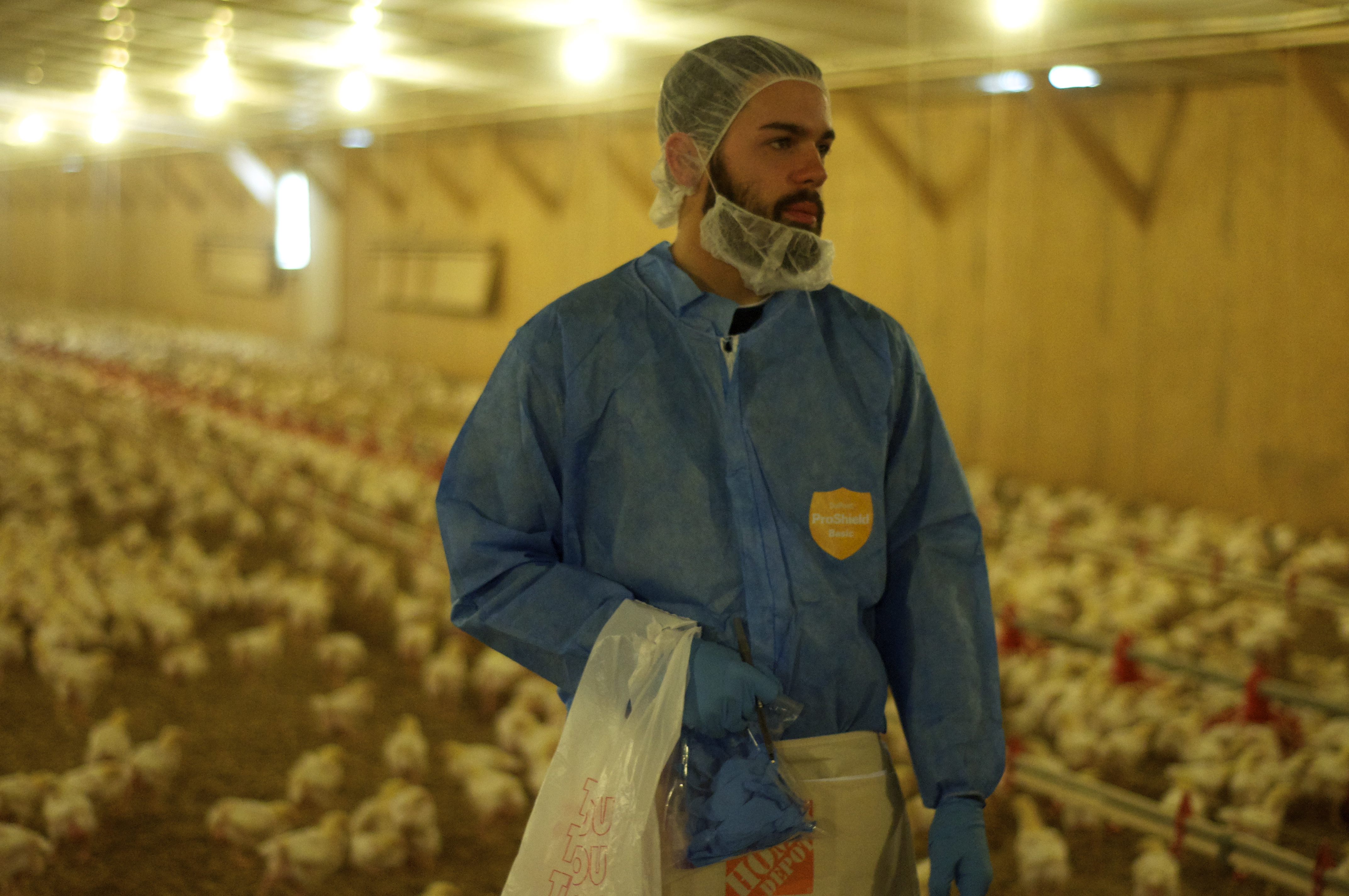If there was an insect-mass-rearing version of Godwin’s law, the screwworm* would be Adolf Hitler. The more anyone reads about insect farming, the more likely one ends up reading about the U.S.’s successful 1966 eradication of the screwworm via sterile releases. Using SIT (sterile insect technique) screwworms were not only eliminated from the continental U.S., but by 1984, all of North America, was screwworm-free. How did we do it? By mass rearing 150 million sterile screwworms a week in a screwworm factory in Mission, Texas. Before the program ended, there were over two billion sterile flies being released each year.
That is insane.

Lucky me got some free literature on screwworm eradication from a friendly Penn State librarian.
What is striking however, is that screwworms, are like mosquito malaria-vectors in that both require animal tissue or blood to complete their life cycle. For screwworms a successful replacement was developed over fifty years ago. For the mosquito, we still rely on donated human blood or live animals.
There are a lot of reasons why we might want to mass rear the mosquito like we mass reared the screwworm. For those of us who saw Mike Turrelli’s talk at the CIDD this past fall, it takes a lot of mosquitoes to spread an artificially reared mosquito with certain traits (or in his case infection status) into a natural population. Simple things cause problems, like roads. We need a lot more mosquitoes than we originally thought. We need millions.
How do we rear millions of mosquitoes?
How did we rear millions of screwworms? Edward Fred Knipling (“Knip”), a USDA entomologist, developed an “artificial” diet made from slaughterhouse waste (200,000 pounds of beef and pork lungs, 11,000 pounds of dried blood, 8,500 pounds of horse meat), and milk (2,700 pounds of non-fat dried milk). Those 150 million screwworms that were produced a week as a result, fit into a plant that measured 75,000 square feet. In field trials a population could be eradicated in as little as 6 months. Once released into the United States in 1957, the screwworm was eradicated in the Southeast by 1959, the Southwest by 1966 and all of Mexico by 1984.
If it was possible for the screwworm, it seems possible for the malaria vector. Maybe we can even do one better: save some milk, save some beef and come up with a truly “artificial” way to rear mosquitoes without mammalian hosts?
*The screwworm is a parasitic fly (Cochliomyia hominivorax) that feeds on live tissue of either livestock or human hosts. It’s cousin, Cochliomyia macellaria, is a friendlier version that feeds only on already dead tissues and is employed in maggot therapy for medicinal purposes and in forensic entomology to determine time since death.

As a p.s. to this post, my current obsession with insect mass-rearing has turned into a library exhibit I’ve set up in the display cases on the 4th floor of Paterno. I’ll give you a free tour if anyone is interested.







